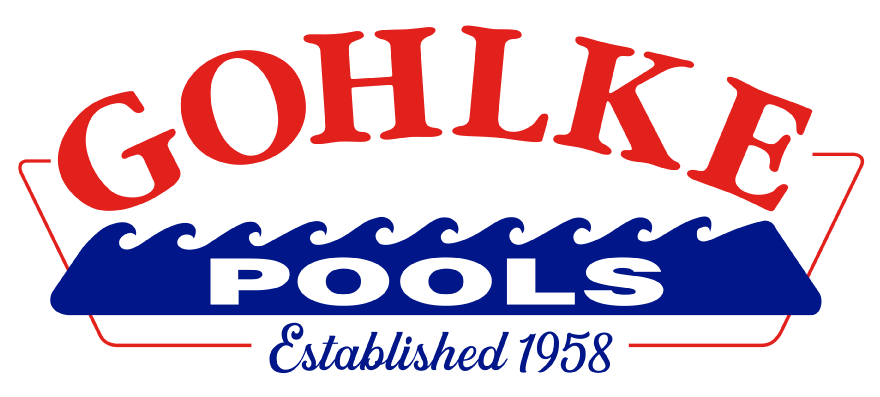50
Pool Water Testing
Many people think that if the water looks clear and blue, then it is free from bacteria and algae. But to fully ensure that pool water is free from bacteria and other contaminants, it needs to be tested at least once a week during the peak swimming season.
Proper water testing will help detect any problems that might be developing, which—when detected early—can be resolved easily so you can avoid headaches down the road. If you want to test your water yourself, here are some tips to help achieve accurate results:
- If using a conventional test kit, always start with a clean testing vial and fresh reagents. Test chambers should be rinsed with clean water after each use.
- Liquid reagents should be replaced at the beginning of each swimming season. If using test strips, they have an expiration date on the bottom of the bottle.
- Check the free chlorine level. Generally, levels should be between 2.0 and 4.0ppm (parts per million).
- Check and adjust the total alkalinity (TA). TA is a measurement of the “buffer” capacity of your pool water, which prevents big changes in pH and helps avoid corrosion and staining. Total alkalinity at approximately 150ppm provides optimum performance.
- Test and adjust the pH. The correct range is 7.4 to 7.6. This is probably the most important test for your pool.
- If you have a salt pool—be sure that you maintain your salt levels.
- Be sure you know the pool capacity in gallons for your pool. Chemically treating the improper gallonage can cause problems with your pool water.
- Every month (or more if you are having water problems), bring a sample of your pool water (approximately one pint) to Gohlke Pools for a free water analysis. We have pool owners that bring their water in on a weekly basis—so if that makes you feel better—do it! Our water lab can test more and is more accurate than a conventional test kit. It can truly take the look of your pool water to another level.
On residential pools, we suggest that the chlorine, pH, total alkalinity, and salt level be tested at least once per week. Calcium hardness, cyanuric acid, and total dissolved solids should be tested monthly. Metals should be tested periodically or more often if the pool surface is showing signs of staining.
Following are the recommended ideal ranges:
Should be tested weekly (on residential pools)
chlorine – 2.0 to 4.0ppm
pH – 7.4 to 7.6
total alkalinity – 80 to 100 for calcium hypochlorite and salt pools
100 to 120 for dichlor and trichlor pools
salt level in a salt pool –2700 to 3500 ppm
Should be tested monthly (on residential pools)
calcium hardness – 200 to 400 ppm
cyanuric acid – 30 to 90ppm on chlorine pools
70 to 90ppm on salt pools
total dissolved solids – less than 1000 ppm on chlorine pools (considerably higher on salt pools)
Should be tested as needed (on residential pools)
metals (iron, copper, manganese) – 0
After chemically treating the pool, we suggest that you wait at least 2 hours before swimming unless the product label says otherwise. In some cases (lowering the pH in order to make plaster surface adjustments; super chlorinating the pool, etc.) it is suggested to wait until the water tests to be in the ideal range.
These ideal ranges are dependent and integrated on each other to achieve properly balanced water. For example, if you have your water analyzed at Gohlke Pools and your calcium hardness is 100, it will not have you raise it to the ideal range if other tests indicate that the water is not corrosive or scaling.
It is recommended that at least chlorine, pH, total alkalinity, and salt tests be mastered by the pool owner. The other tests (cyanuric acid, calcium hardness, total dissolved solids, and metals) can be left up to Gohlke Pools.




